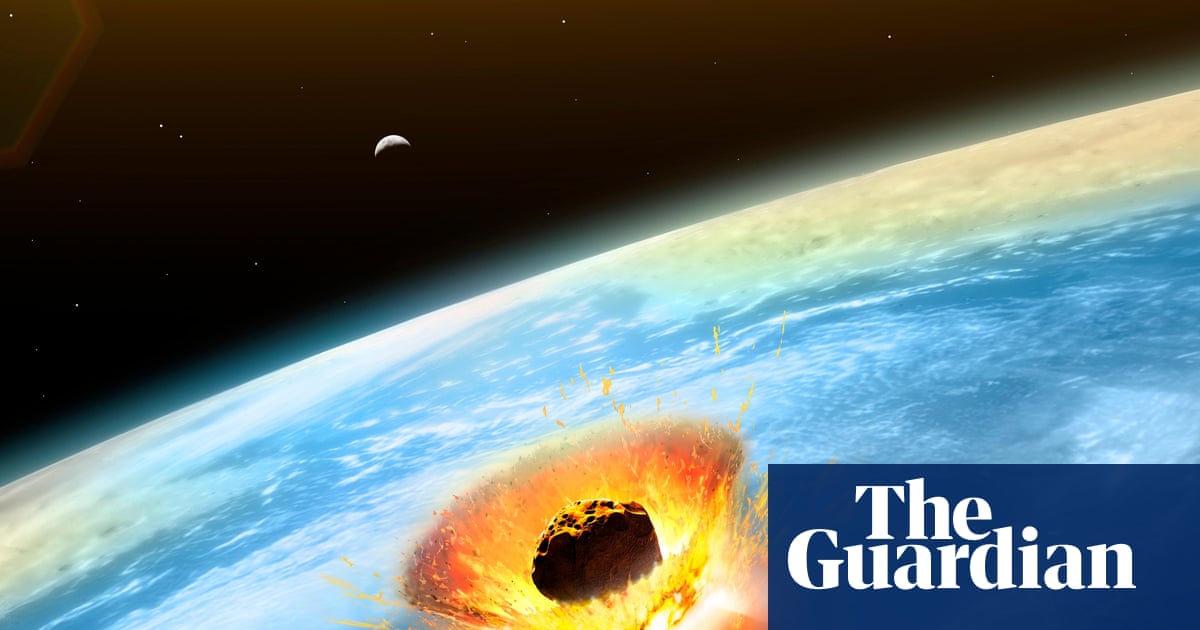
"The Silverpit crater is nowhere near the scale of the Chicxulub crater in Mexico, when an asteroid about 6 to 9 miles wide struck Earth, resulting in a mass extinction of 75% of plant and animal species. But it is still interesting and, as the only impact crater near what is now the UK, extremely important, say experts. Crater map Uisdean Nicholson, a sedimentologist from Heriot-Watt University in Edinburgh who led the research team, said new seismic imaging had given them an unprecedented look"
"Getting the proof was definitely an exciting moment, he said, describing the investigation as a needle in the haystack approach. The 2-mile-wide crater, surrounded by a 12-mile wide zone of circular faults, was discovered in 2002 by petroleum geoscientists. Those who found it believed it was indeed a hypervelocity impact crater, pointing to characteristics often associated with them including a central peak, circular shape and concentric faults."
The Silverpit crater lies 700 metres beneath the seabed, 80 miles off the coast of Yorkshire, and measures about two miles across surrounded by a 12-mile zone of circular faults. New seismic imaging indicates formation by a direct impact from an asteroid or comet roughly 43 million years ago. The impacting object was about the size of York Minster and roughly 160 metres wide, producing a 100-metre-high tsunami and severe local ecological damage. The crater is far smaller than the Chicxulub impact that caused the dinosaur extinction 66 million years ago but remains the only known impact crater near present-day UK. Discovery occurred in 2002 and initially sparked alternative geological explanations such as salt movement.
Read at www.theguardian.com
Unable to calculate read time
Collection
[
|
...
]